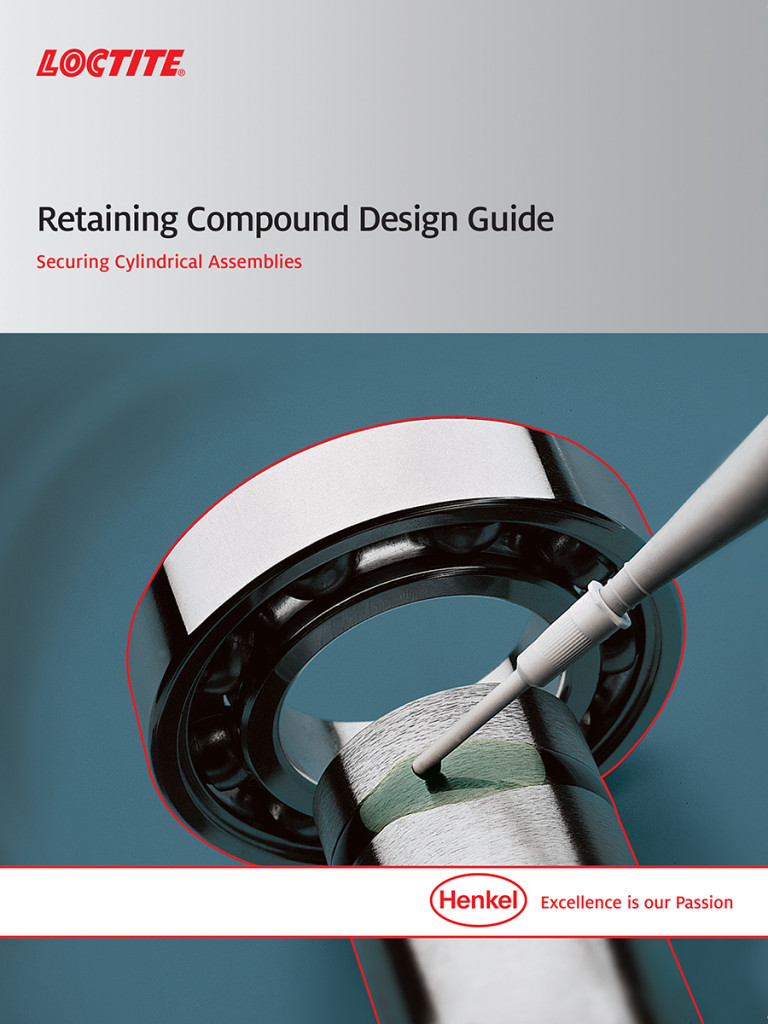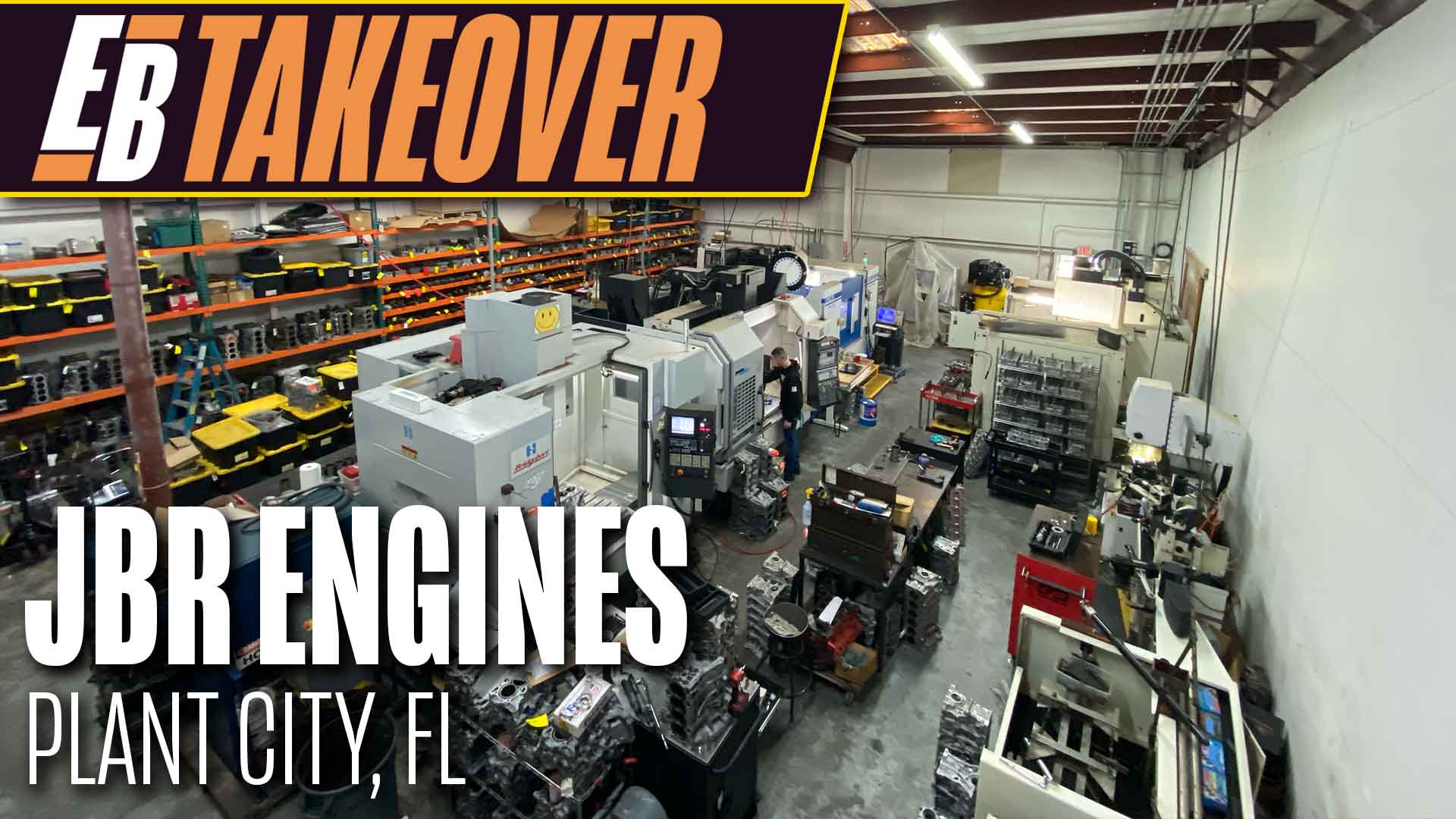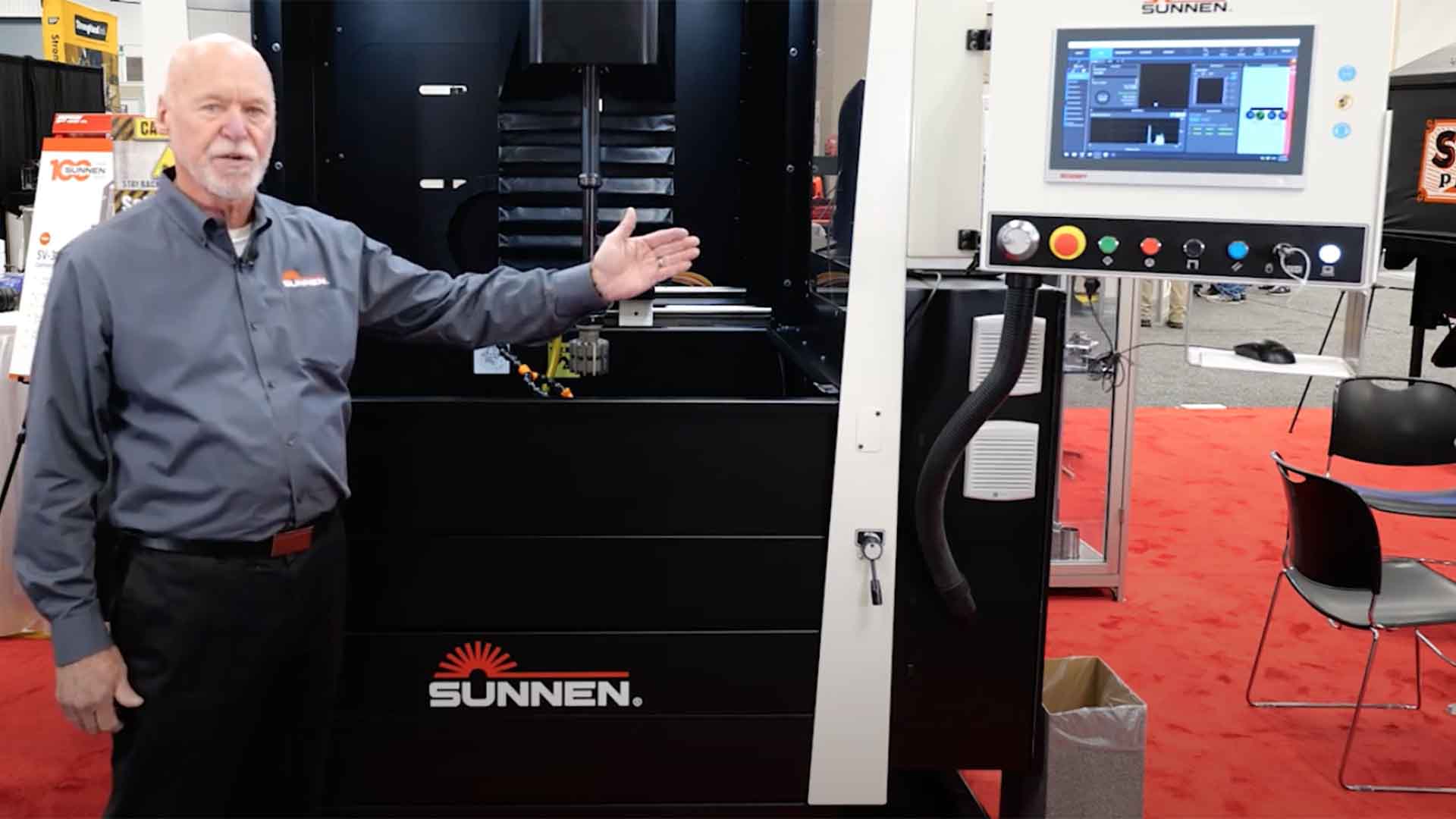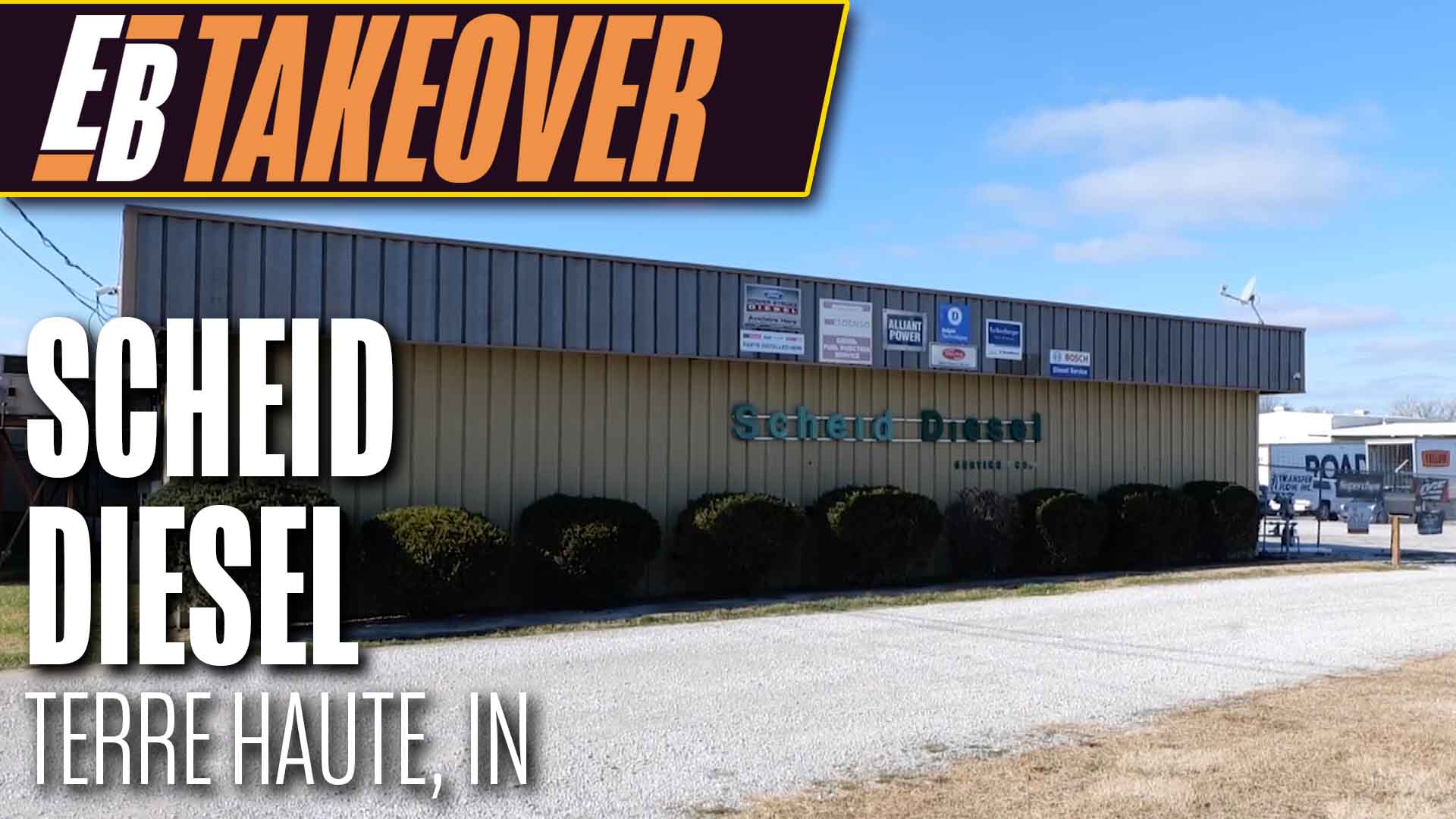20-Page Brochure Highlights Increase in Joint Strength and Reduction in Assembly Costs
 Henkel Corporation has created the Loctite® Retaining Compound Design Guide, a new 20-page brochure available in print and online that provides detailed information on anaerobic retaining adhesive technology and its engineering and cost benefits, real world applications and product and equipment options.
Henkel Corporation has created the Loctite® Retaining Compound Design Guide, a new 20-page brochure available in print and online that provides detailed information on anaerobic retaining adhesive technology and its engineering and cost benefits, real world applications and product and equipment options.
Loctite anaerobic retaining compounds are adhesives used to secure bearings, bushings, gears and cylindrical assemblies into housings or shafts. When used in combination with interference fits, retaining compounds allow higher load transmission, better performance with existing designs, relaxed machining tolerances, and reductions in the size, weight and overall cost of an assembly.
These adhesives make joints stronger, distribute stress evenly, prevent corrosion and fretting, and reduce or eliminate expensive machining and surface finishing operations. The Loctite Retaining Compound Design Guide is divided into seven distinct sections: an introduction to retaining compounds and review of cost and performance benefits; a look at engineering considerations and cost variables; a calculation of joint strength advantages; an analysis of joint design; notes on application considerations including how to disassemble; an extensive product selector guide with drill-down decision trees; and information on manual, semi-automatic and automatic Loctite dispensing equipment for easy application.
Joint design considerations that affect retaining compound selection include type of joint, material, clearance, surface finish, ratio of engagement, load, cure method, operating temperature and operating environment.
For a copy of the Loctite Retaining Compound Design Guide, go to www.henkelna.com/publications and request LT-5021, or call 1-800-LOCTITE (1-800-562-8483![]() ).
).
To download a copy, go to www.loctiteretaining.com.













